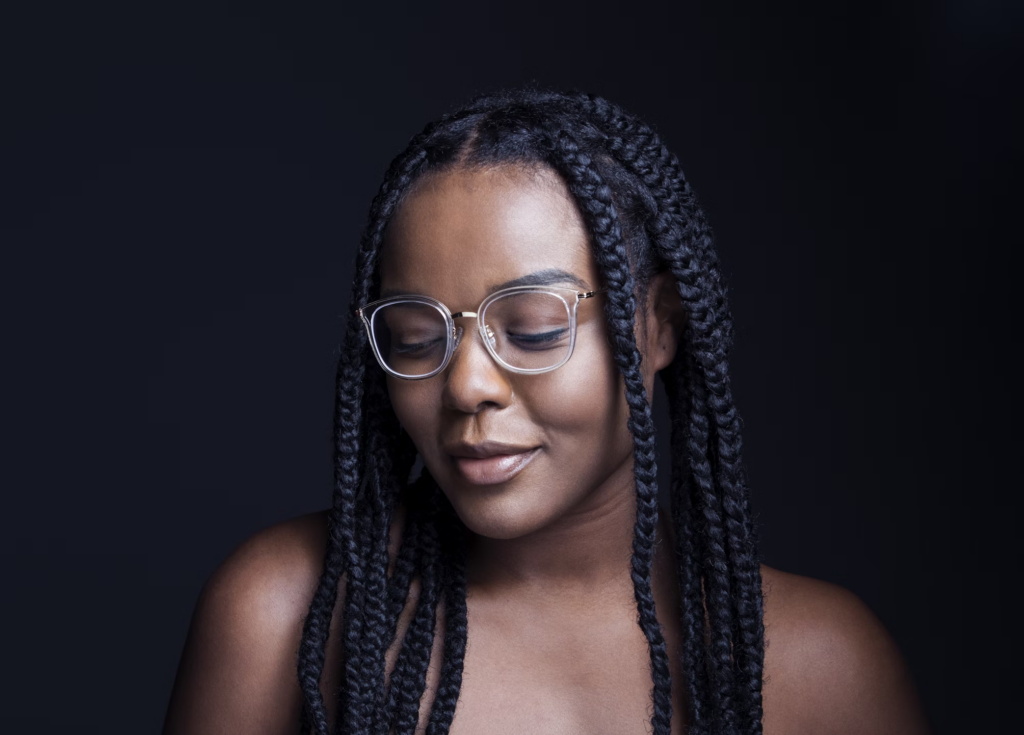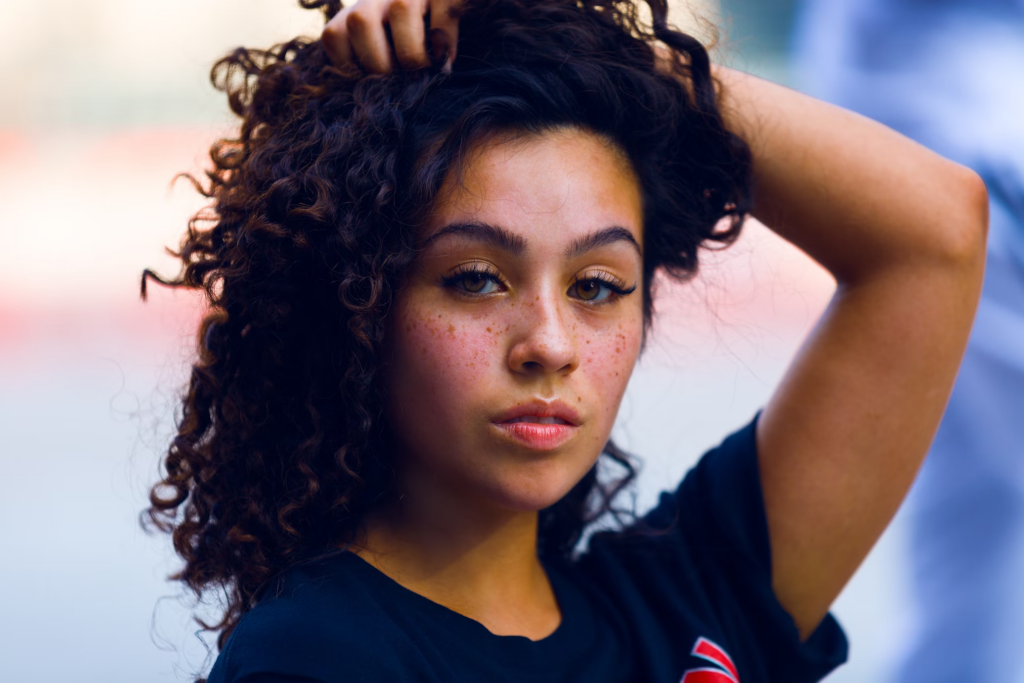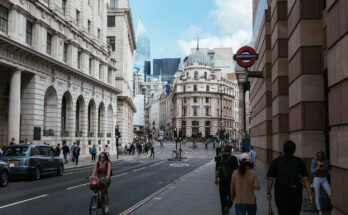Beauty standards have always been important in different cultures, affecting how people see themselves and even impacting the economy. As societies change, so do ideas of what is considered beautiful, often influenced by media, globalization, and social movements.
Lately, these beauty standards have been changing a lot, especially in the United States, where there is more focus on diversity and inclusivity. This article looks at how beauty standards are evolving in the U.S. and around the world, and what factors are driving these changes.

Image Credit: Unsplash
The media has always played a big role in shaping beauty standards. From magazine covers to social media influencers, the way beauty is shown in the media sets a standard that many people try to follow. In the past, these images usually focused on a narrow idea of beauty, like Eurocentric features, thin bodies, and looking young.
But now, as media platforms have grown and changed, the idea of beauty is becoming more diverse. Today, we see more representation of different body types, skin tones, and ages, which is challenging the old ideas of beauty and celebrating a wider range of looks.

Image Credit: Unsplash
Social movements have played a big role in changing beauty standards. The body positivity movement, for example, challenges the idea that only certain body types are beautiful. It promotes the belief that all body types are beautiful and encourages people to love and accept their bodies, no matter their shape or size.
Similarly, the natural hair movement pushes back against the beauty industry’s focus on straight hair. It celebrates the beauty of natural curls and different hair textures, especially in African American communities. These movements have not only changed how people see beauty, but they have also pushed the fashion and beauty industries to be more inclusive of different looks.

Globalization has led to the cross-pollination of beauty standards, where ideals from different cultures blend and influence one another. This exchange has resulted in a more global perspective on beauty, where elements from various cultures are celebrated and incorporated into mainstream standards.
For instance, the popularity of K-beauty (Korean beauty) in the U.S. and other parts of the world has introduced new skincare routines and aesthetic preferences, emphasizing clear, dewy skin and a youthful appearance. Similarly, the Western ideal of tanned skin has gained popularity in countries like Japan and South Korea, reflecting the influence of Western beauty norms.

In the U.S., beauty standards have changed a lot over the past few decades. In the 1990s and early 2000s, the “heroin chic” look was popular, with an emphasis on being very thin and having pale skin. But recently, beauty has become more inclusive and diverse.
Social media platforms like Instagram have given more people the chance to be seen and heard, no matter their shape, size, or ethnicity. Celebrities like Lizzo and models like Ashley Graham are leading the way in this new trend, promoting body positivity and showing that beauty comes in many forms.

In Europe, beauty standards are very different depending on the country, reflecting the region’s rich mix of cultures and histories. In places like France and Italy, traditional ideas of elegance and sophistication are still very popular, with a focus on natural beauty and a simple, minimalist style.
At the same time, there is a growing appreciation for diversity, with more representation of different body types and ethnic backgrounds in fashion. American pop culture and social media have also played a role in changing beauty standards in Europe, creating a mix of old and new ideas about beauty.

In Africa, beauty standards are deeply rooted in cultural heritage and traditions. While Western ideals have made their mark, there is a strong movement towards embracing and celebrating African beauty. This includes the celebration of natural hair, dark skin tones, and traditional clothing styles.
Countries like Nigeria and South Africa have vibrant beauty industries that cater to the unique needs and preferences of their populations. The rise of African beauty influencers and entrepreneurs has also helped to redefine beauty standards, promoting a sense of pride in African features and aesthetics.

K-beauty, or Korean beauty, has become popular all over the world, influencing beauty trends far beyond Asia. In countries like South Korea, beauty standards have traditionally focused on fair skin, a slim body, and youthful looks.
K-beauty’s rise has strengthened these ideas, while also bringing in new skincare routines and makeup techniques. But now, there is also a growing movement in South Korea and other Asian countries that encourages more diverse beauty standards, pushing back against the pressure to fit just one idea of beauty.

In Latin America, beauty standards have long celebrated curvaceous figures, with an emphasis on femininity and sensuality. Countries like Brazil and Colombia have a strong beauty culture that values physical appearance, but there is also a deep connection to cultural identity.
In recent years, there has been a shift towards embracing a broader range of body types and celebrating diversity within Latin American beauty. The influence of indigenous cultures and the blending of different ethnicities have contributed to a more inclusive understanding of beauty in the region.

Image Credit: Unsplash
Looking ahead, beauty standards will keep changing, influenced by cultural shifts, social movements, and the sharing of ideas around the world. The trend toward inclusivity and diversity is likely to grow, challenging old ideas of beauty and making space for more varied representations.
While media and globalization will still play a role in shaping beauty standards, there is a growing understanding of the importance of embracing individuality and celebrating each person’s unique beauty. As society becomes more inclusive, beauty standards will also become more diverse, reflecting the many different ways people can be beautiful.


